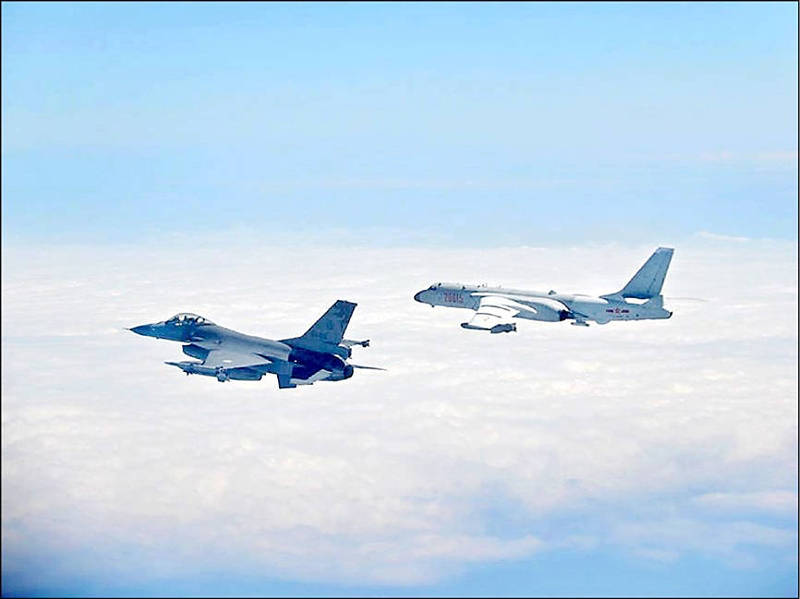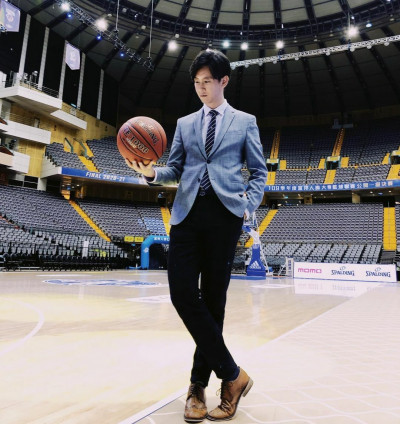《TAIPEI TIMES》 Air force training hours diverted to interceptions

A Taiwanese F-16, left, monitors a Chinese military aircraft just outside Taiwan’s airspace on Feb. 10 last year. Photo courtesy of the Ministry of National Defense
By Aaron Tu and Jonathan Chin / Staff reporter, with staff writer
The air force last year spent about 1,000 training flight hours on intercepting Chinese military aircraft in airspace near Taiwan, the Ministry of National Defense said in a report to the legislature’s Foreign Affairs and National Defense Committee.
Chinese People’s Liberation Army Air Force (PLAAF) aircraft last year accounted for 97 percent of all People’s Liberation Army actions that the ministry classifies as harrying Taiwan’s defenses, the report said.
While the PLAAF has been conducting such flights since 2017, it has shifted its focus from circling Taiwan to intruding into the northwestern sector of the nation’s air defense identification zone, it said.
The Republic of China Air Force’s typical countermeasures have been to track the Chinese aircraft with air-defense missile systems or intercept them with jet fighters, it said, adding that trainer jets were at times employed for interceptions.
To reduce the mission load on fighter pilots and ground crew, the air force has adopted the practice of dispatching C-130 cargo planes and P-3C marine patrol planes to intercept slower-moving Chinese aircraft, it said.
The air force has also adjusted its ratio of flight training and interception, as well as areas of responsibility and areas of flight training for fighter units to increase sustainability, the report said.
The training of pilots was not disrupted by the actions of Chinese aircraft, as overall training flight hours increased by 3 percent, it said.
Su Tzu-yun (蘇紫雲), a senior researcher at the ministry-funded Institute for National Defense and Security Research, said Taiwan should increase the tactical flexibility of its response to counter the ubiquity of China’s air activity.
In similar situations, NATO member states and Japan would monitor the intruding aircraft with radar to determine their bearing before committing fighters to intercept them, he said.
Additionally, the air force should change the frequency of interception missions and deploy different numbers of aircraft to make its response more unpredictable, Su said.
In the long term, the military should consider utilizing armed drones in defensive air patrols, he said, citing the US Air Force’s experiments with arming MQ-9 drones with AIM-9 missiles.
新聞來源:TAIPEI TIMES












